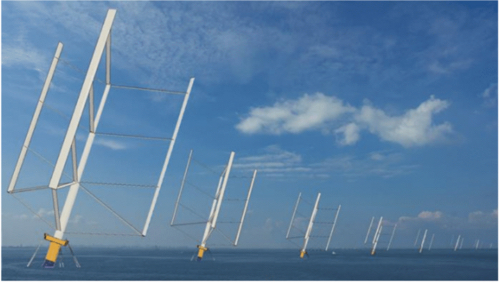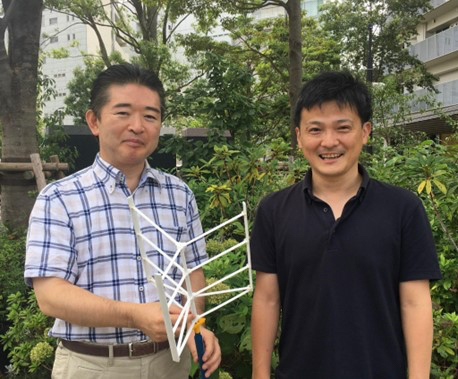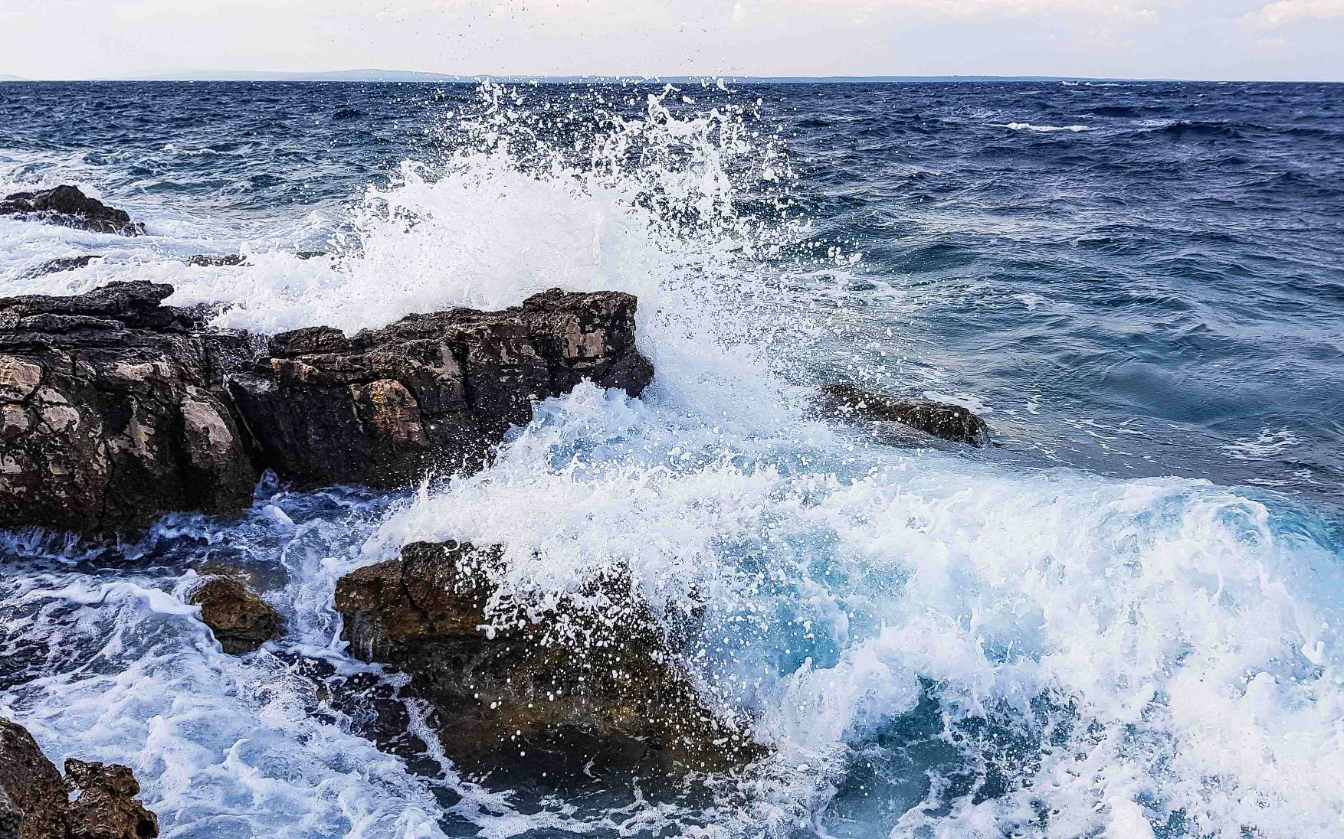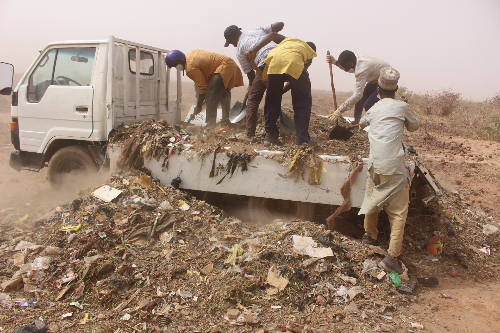J-STORIES - There are great hopes for wind as a source of renewable energy, but Japan's mountainous interior and frequent typhoons make conventional wind turbines a challenging option.
Now a Tokyo-based company has come up with an imaginative alternative that kills two birds with one stone — tilting turbines that not only are sturdy enough to withstand the fiercest winds, but can also be easily built out at sea.
Albatross Technology's Floating Axis Wind Turbine (FAWT) consists of a cylindrical tube that floats in the water and three vertical blades that rotate around it. In strong wind the turbine tilts up to 20 degrees in the direction the wind is blowing as the blades rotate to generate electricity.
Compared to conventional sea-based turbines that point directly upwards, the FAWT's tilting function is better equipped to withstand storms such as the typhoons that annually buffet Japan. What’s more, it can be assembled out at sea without the use of a crane and the installation cost is approximately half that of conventional floating turbines.
This is a boon for a mountainous country like Japan, where building space is at a premium. It also gets around another problem often associated with conventional turbines — noise pollution.
And since there is relatively little shallow ocean around Japan to site turbines with fixed foundations, a number of local startups such as Albatross have been working on wind turbines that float.

To date, building “seamless” blades for the largest turbines in Japan has been prohibitively costly. FAWT, however, are made from smaller carbon-composite components, reducing costs. Furthermore, they don’t need to be made in a large manufacturing plant, and labor costs could potentially be reduced by automating production.
According to the company, if the turbines were fitted with small domestic dynamos rather than larger imported ones, the whole production process could take place in Japan.

In September 2022, the company received ¥100 million in funding from Tokyo-based Genesia Ventures Inc. It plans to begin ocean trials of a smaller scale FAWT during fiscal 2024, then test and commercialize a larger design within five years.

CEO Akimoto told J-Stories, “The important thing is not to make something that can only be made in Japan, but to acquire the technology to enable [these turbines] to be made in Japan.”
Akimoto said that he hopes to receive subsidies from the Japanese government, accelerate development, and go head-to-head with competitors oversea, such as the Swedish firm SeaTwirl, maker of a similar floating turbine.
Translation by Tony McNicol
Top page photo by 9_fingers_/Envato
For inquiries about this article, please contact jstories@pacficbridge.jp
***
***
Click here for the Japanese version of the article.

![[Tokyo Updates] Is Hill-Farmed Salmon Here to Save Us?](https://storage.googleapis.com/jstories-cms.appspot.com/images/173258722885374_09952-thumb-1600xauto-10881_smallthumbnail.jpeg)
![[Tokyo Updates] Old and Full of Potential: Why a Swedish Model Is Reviving Abandoned Houses in Tokyo](https://storage.googleapis.com/jstories-cms.appspot.com/images/1732603609687d6b0a861ef75d954729578323092323fe00ad55e-thumb-1600xauto-10186_smallthumbnail.jpg)
![[Tokyo Updates] Making Space Development Open for All](https://storage.googleapis.com/jstories-cms.appspot.com/images/1732521298402c3af387cf9df027b91f0e9f2626b300713b93850-thumb-1600xauto-10594_smallthumbnail.jpg)

![[Podcast] Japanese technology to supercharge human fertility (Part 3)](https://storage.googleapis.com/jstories-cms.appspot.com/images/1766558713084place-for-scientific-research-2025-03-07-14-08-49-utc%20(1)_bigthumbnail.jpeg)
![[Interview: Part 2] A digital approach to tackle child hunger in Japan with dignity](https://storage.googleapis.com/jstories-cms.appspot.com/images/1766130666509unnamed_bigthumbnail.jpg)
![[Podcast] Japanese technology to supercharge human fertility (Part 2)](https://storage.googleapis.com/jstories-cms.appspot.com/images/1765863548035unnamed-7_bigthumbnail.jpg)
![[Podcast] Japanese technology to supercharge human fertility (Part 1)](https://storage.googleapis.com/jstories-cms.appspot.com/images/1765440905082unnamed_bigthumbnail.jpg)
_bigthumbnail.jpeg)





![[Interview] When digital and physical worlds meet](https://storage.googleapis.com/jstories-cms.appspot.com/images/1747974430456unnamed-2_smallthumbnail.png)




_smallthumbnail.jpeg)

![[Interview: Part 1] From nourishing souls to feeding the hungry](https://storage.googleapis.com/jstories-cms.appspot.com/images/1763695595492unnamed_smallthumbnail.jpg)

